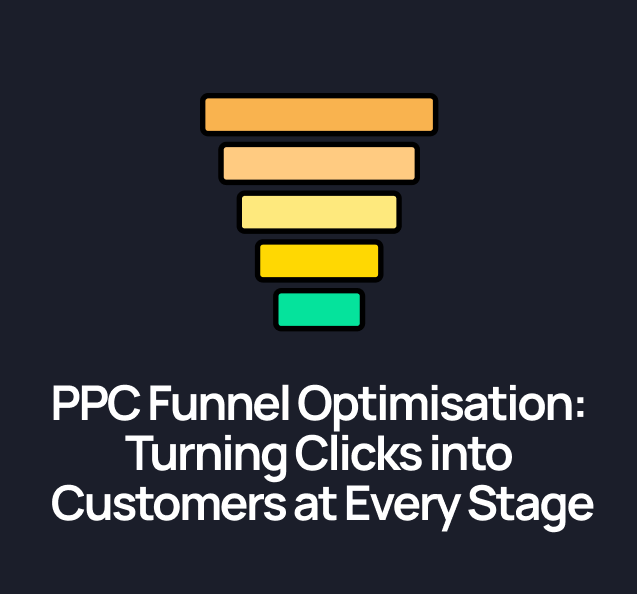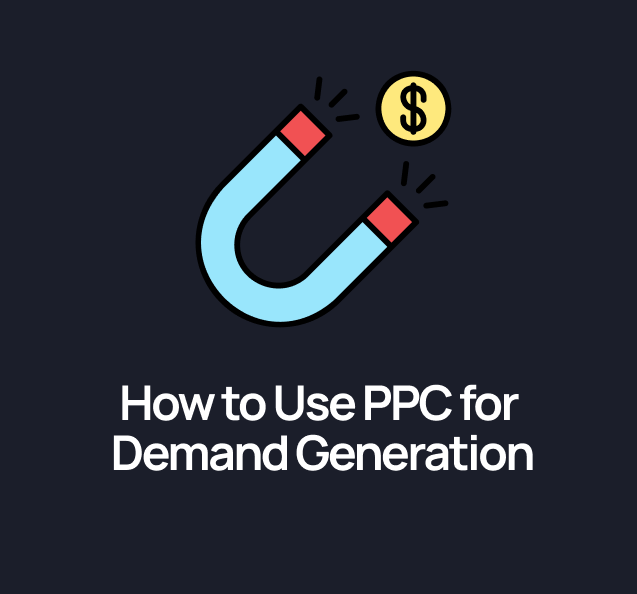In the fast-paced world of financial technology (FinTech), staying ahead of the curve is crucial for success. As the landscape evolves, understanding advertising benchmarks becomes essential for companies looking to optimise their marketing strategies. This article delves into the top 10 advertising benchmarks for FinTech in 2025, providing insights that can help businesses navigate this competitive arena effectively.
Why These Benchmarks Matter for FinTech
Advertising benchmarks serve as vital indicators of performance, helping FinTech companies gauge their marketing effectiveness against industry standards. In a sector characterised by rapid innovation and shifting consumer expectations, these benchmarks provide a framework for assessing success and identifying areas for improvement.
Moreover, as consumers become increasingly tech-savvy, their expectations for personalised and seamless experiences grow. Understanding these benchmarks enables FinTech firms to tailor their advertising strategies to meet these evolving demands, ensuring they remain relevant and competitive.
In 2025, the importance of these benchmarks will only intensify. With the rise of new technologies and changing regulatory landscapes, FinTech companies must be agile and informed to make data-driven decisions that enhance their advertising efforts.
As the landscape of financial technology continues to evolve, the role of data analytics in shaping advertising strategies cannot be overstated. Companies that leverage advanced analytics can gain insights into consumer behavior, allowing them to predict trends and adjust their campaigns accordingly. For instance, by analyzing customer interactions across various platforms, FinTech firms can identify which channels yield the highest engagement and conversion rates, enabling them to allocate resources more effectively and maximise their return on investment.
Furthermore, the integration of artificial intelligence and machine learning into marketing strategies is poised to revolutionise how FinTech companies approach advertising. These technologies can automate the analysis of vast amounts of data, providing real-time feedback on campaign performance and consumer sentiment. By harnessing these insights, firms can not only enhance their targeting precision but also create more compelling and personalised content that resonates with their audience, ultimately driving customer loyalty and satisfaction in an increasingly competitive market.
Average CPC & Budgeting in 2025
Cost-per-click (CPC) is a critical metric for any advertising campaign, particularly in the FinTech sector where competition for consumer attention is fierce. In 2025, the average CPC for FinTech advertising is projected to rise significantly due to increased competition and the growing sophistication of digital marketing strategies.
Companies should anticipate an average CPC ranging from $3 to $6, depending on the specific niche within FinTech. For instance, sectors like cryptocurrency and investment platforms may experience higher CPCs compared to traditional banking services. To effectively budget for advertising, businesses must analyze historical data and adjust their strategies accordingly, ensuring they allocate sufficient resources to high-performing channels.
Additionally, understanding the nuances of CPC can help FinTech companies optimise their bidding strategies. By leveraging data analytics and machine learning, businesses can refine their targeting, ensuring they reach the right audience at the right time, ultimately maximizing their return on investment.
Moreover, as digital advertising continues to evolve, the importance of ad quality cannot be overstated. Advertisements that resonate with consumers not only improve click-through rates but can also lead to lower CPCs over time. This means that FinTech companies should invest in creative and engaging ad content that speaks directly to their target demographics, fostering a connection that encourages clicks and conversions. A/B testing different ad formats and messages can provide invaluable insights into what works best, allowing for continuous improvement and adaptation in an ever-changing marketplace.
Furthermore, the integration of social media platforms into the advertising mix is becoming increasingly vital. Platforms like Instagram and TikTok are not just for social interaction; they are powerful tools for reaching younger, tech-savvy audiences who are often more receptive to innovative financial solutions. By strategically allocating budget towards these platforms, FinTech companies can tap into new customer segments and enhance their overall brand visibility. As the landscape shifts, staying ahead of trends and consumer preferences will be essential for maintaining a competitive edge in the FinTech advertising arena.
Click-Through Rates & Engagement
Click-through rates (CTR) are another essential benchmark that reflects the effectiveness of advertising campaigns. In 2025, FinTech companies should aim for an average CTR of 2% to 5%, depending on the platform and audience targeted. A higher CTR indicates that ads resonate with the audience, prompting them to engage further. Understanding the nuances of different platforms is crucial; for instance, social media channels may yield higher CTRs due to their interactive nature, while search engine ads might attract more intent-driven clicks.
To enhance engagement, FinTech firms must focus on creating compelling ad content that speaks directly to consumer pain points. Utilizing strong calls-to-action, eye-catching visuals, and relevant messaging can significantly improve CTR. Furthermore, A/B testing different ad formats and placements can provide valuable insights into what resonates best with the target audience. This iterative process not only fine-tunes the messaging but also helps in identifying the most effective channels for reaching potential customers, whether through video ads, carousel formats, or static images.
Engagement also extends beyond clicks. Brands should monitor metrics such as time spent on site and interactions with content to gauge overall consumer interest. By fostering a deeper connection with potential customers, FinTech companies can build trust and encourage conversions. Additionally, integrating personalised experiences, such as tailored recommendations or interactive tools, can further enhance user engagement. For instance, offering a personalised financial assessment tool on a landing page can keep users engaged longer, increasing the likelihood of conversion. The more relevant and tailored the experience, the more likely consumers are to view the brand as a trusted partner in their financial journey.
Moreover, leveraging data analytics to understand user behavior can provide FinTech companies with critical insights into their audience's preferences and needs. By analyzing patterns in user interactions, businesses can refine their marketing strategies, ensuring that they not only attract clicks but also foster meaningful relationships with their audience. This data-driven approach allows for continuous optimization of campaigns, leading to sustained engagement and improved overall performance in a competitive landscape.
Conversion Rates & Cost Per Acquisition
Conversion rates are a critical measure of success in any advertising campaign. For FinTech companies, the average conversion rate in 2025 is expected to hover around 5% to 10%. This metric indicates the percentage of visitors who complete a desired action, such as signing up for a service or requesting more information.
To improve conversion rates, businesses must streamline the user experience across their digital platforms. This includes optimizing landing pages, simplifying forms, and ensuring that the overall navigation is intuitive. Additionally, employing retargeting strategies can help re-engage users who have previously interacted with the brand but did not convert.
Cost per acquisition (CPA) is another crucial metric that FinTech companies must monitor. In 2025, the average CPA is projected to range from $50 to $150, depending on the complexity of the service offered. Understanding CPA allows companies to evaluate the efficiency of their marketing spend and make informed decisions about where to allocate resources for maximum impact.
ROI Metrics & Tracking
Return on investment (ROI) is perhaps the most critical metric for any advertising campaign, as it directly reflects the profitability of marketing efforts. In the FinTech sector, companies should aim for an ROI of at least 300% to ensure that their advertising strategies are yielding substantial returns.
To effectively track ROI, businesses must implement robust analytics tools that provide insights into the performance of their campaigns. This includes monitoring metrics such as revenue generated, customer lifetime value, and overall marketing spend. By analyzing these figures, FinTech companies can identify high-performing channels and optimise their strategies accordingly.
Additionally, understanding the long-term value of customers acquired through advertising is essential. FinTech firms should consider not only immediate returns but also the potential for repeat business and referrals, which can significantly enhance overall ROI.
Emerging FinTech Advertising Trends in 2025
The FinTech landscape is continuously evolving, and 2025 is set to bring several emerging advertising trends that companies must embrace. One notable trend is the increased use of artificial intelligence (AI) and machine learning to enhance targeting and personalization. By analyzing consumer behavior and preferences, AI can help create tailored advertising experiences that resonate with potential customers.
Another trend is the rise of video content in advertising strategies. With the growing popularity of platforms like TikTok and Instagram Reels, FinTech companies are leveraging short-form video content to engage audiences effectively. This format allows brands to convey complex financial concepts in a more digestible and entertaining manner.
Furthermore, the emphasis on sustainability and social responsibility is becoming increasingly important in FinTech advertising. Companies that align their messaging with values such as environmental sustainability and ethical practices are likely to resonate with socially conscious consumers, enhancing brand loyalty and trust.
Practical Tips to Refine FinTech Advertising
To successfully navigate the competitive FinTech advertising landscape in 2025, companies should consider the following practical tips:
- Leverage Data Analytics: Utilise data analytics tools to gain insights into consumer behavior and preferences. This information can inform advertising strategies and help optimise campaigns for better performance.
- Focus on User Experience: Ensure that all digital touchpoints provide a seamless and intuitive user experience. A well-designed website and optimised landing pages can significantly impact conversion rates.
- Embrace Personalization: Tailor advertising messages to meet the specific needs and preferences of target audiences. Personalised content can enhance engagement and drive higher conversion rates.
- Experiment with Formats: Don’t hesitate to experiment with different ad formats, including video, interactive content, and social media ads. A/B testing can provide valuable insights into what resonates best with consumers.
- Monitor and Adjust: Regularly monitor advertising performance and be willing to adjust strategies based on real-time data. Flexibility is key to staying competitive in the ever-changing FinTech landscape.
In conclusion, understanding and leveraging advertising benchmarks is essential for FinTech companies looking to thrive in 2025. By focusing on key metrics such as CPC, CTR, conversion rates, and ROI, businesses can refine their advertising strategies and achieve greater success in this dynamic industry.
For help executing a digital marketing strategy that works for Fintech companies n 2025, talk to our team of Fintech digital marketing specialists.

.svg)








.svg)
